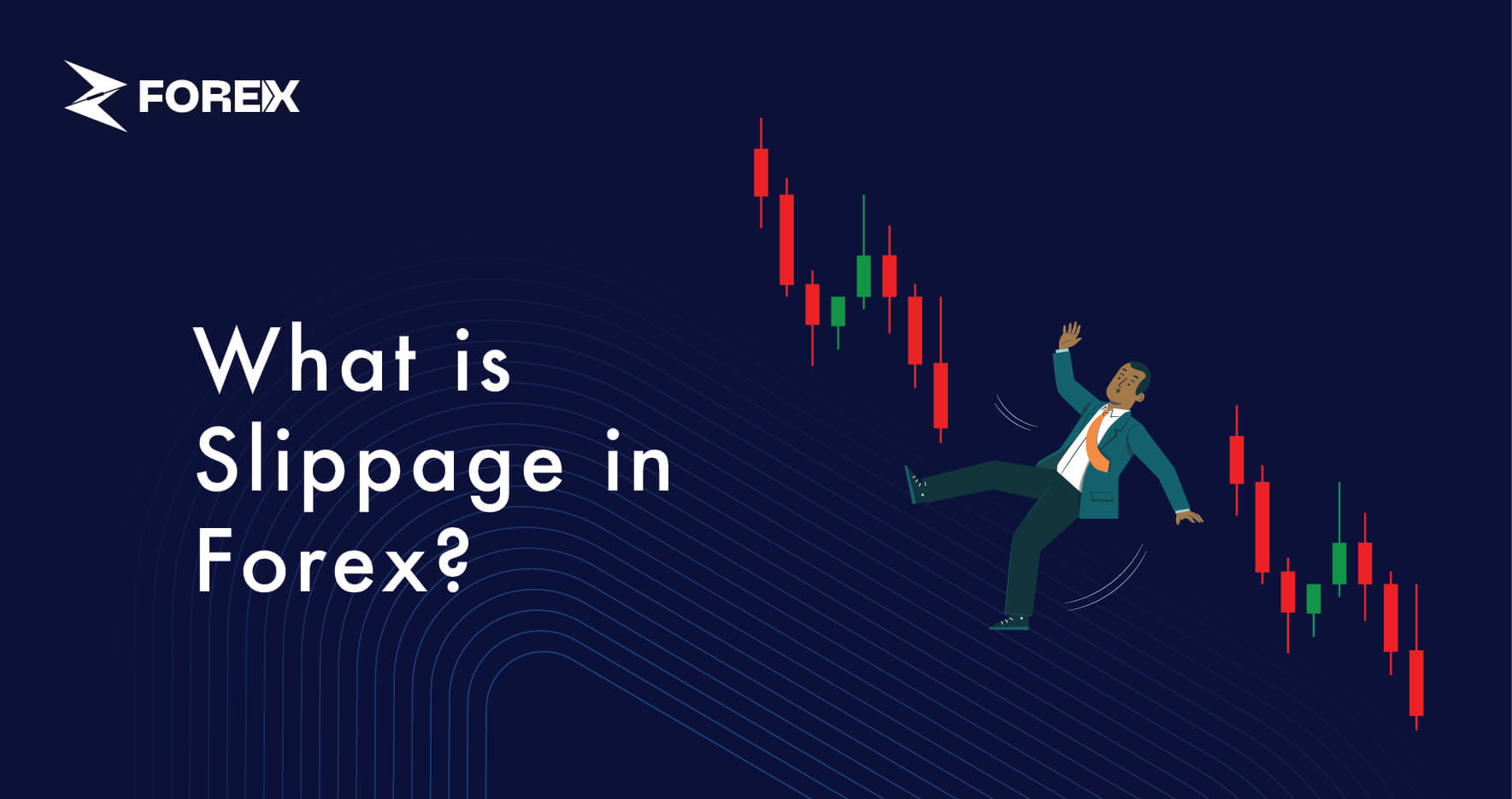
When trading in the Forex market, price movements can lead to unexpected situations. In this highly volatile market, prices can change suddenly, resulting in unfavorable outcomes in traders' transactions.
Price fluctuations and low liquidity periods in Forex can cause traders to execute transactions at levels different from their expected prices. This is where the concept of slippage comes into play.
In this article, we delve into the details of slippage.
Slippage refers to the difference between the expected price of an order and the price at which it is actually executed in the Forex market. It occurs when there is a discrepancy between the price at which traders intend to execute a trade and the price at which the trade is completed. This situation is commonly seen during periods of high volatility or low liquidity conditions.
Although slippage is not always considered bad for investors, the formation of a price different from the expected level can affect traders' plans.
The execution of a trade at a price different from the expected level can directly impact trade outcomes. During periods of high volatility in the Forex market or low liquidity time frames, traders may execute trades at a price lower or higher than expected. This can reduce profits or increase losses.
Slippage does not only imply losses; it can sometimes work in favor of traders. For example, if the market quickly moves in the anticipated direction, the trade may execute at a price more favorable than expected. However, in most cases, slippage is a factor that makes it difficult for traders to control their risk.
It is almost impossible to avoid slippage entirely when trading in the Forex market. Traders should consider this effect when building their trading strategies.
A trader who wants to place a trade in the market may aim for a specific price level. However, between the time the order is sent and when the trade is executed, the price can change, causing the trade to occur at a different level than anticipated.
For example, when important economic data is released, the market can react quickly, and prices may shift abruptly. In such a case, immediately after the trader places an order, the market price may move to a different level than expected.
Typically, slippage appears in two forms:
Let's look at two examples together to understand what slippage is.
A trader wants to place a buy order for the EUR/USD pair at the 1.2000 level and submits a market order at that price. However, between the moment the order is placed and the execution of the trade, the market moves, and the trade is completed at the 1.2005 level. In this case, the trader ends up buying at a higher price than expected, which is known as negative slippage.
For a real-world example, we can consider the price fluctuations following the Swiss National Bank's (SNB) decision in 2015. On January 15, 2015, the SNB announced that it would no longer maintain the Swiss franc's peg to the euro at the 1.20 level. Following this announcement, the EUR/CHF pair experienced a drop, and liquidity quickly dried up. During this time, many traders found that their stop-loss orders were executed at much lower levels than anticipated.
Although it is challenging to completely prevent slippage in Forex trading, you can reduce its impact through certain strategies and precautions. Here are the main methods you can follow:
What is slippage tolerance?
Slippage tolerance is a setting that allows traders to define the acceptable rate of price deviation when executing a trade. This setting enables traders to determine in advance how much deviation they are willing to tolerate from their intended price, especially during periods of high volatility or low liquidity. In other words, it is a risk management tool used to prevent the trader’s transaction from being executed at a price that differs from their expectations.
Is slippage always a negative situation for traders?
No, slippage is not always negative. Slippage occurs when a trade is executed at a different price than expected, which can sometimes work in the investor's favor. For example, when the price is executed at a better level than expected, this is considered positive slippage, providing an advantage for the trader.
Why does slippage increase in low liquidity conditions?
Low liquidity means there is less trading volume and fewer buyers and sellers in the market. This can lead to faster and unexpected price changes because a large order may shift the market. Therefore, in low liquidity conditions, the likelihood of achieving the target price decreases, increasing the risk of experiencing slippage.
What is a 2% slippage?
A 2% slippage means that the trade was executed at a price 2% higher or lower than expected. For instance, a trader aiming to buy at a specific price level may experience a 2% deviation, resulting in a more advantageous or disadvantageous entry. These tolerance limits are often set using slippage tolerance settings.
Is positive slippage good?
Yes, positive slippage is beneficial for the investor. In this case, the trade is executed at a better price than expected, allowing the investor to achieve a more favorable position. It typically occurs when the market moves quickly in the investor's favor and can increase profits.
 QuickTrade in cTrader: How to Place Trades Faster
QuickTrade in cTrader: How to Place Trades Faster
QuickTrade is a built-in cTrader feature that allows you to place trades directly from the chart, without opening the full order ticket.
Detail A Practical Guide to cBots on cTrader
A Practical Guide to cBots on cTrader
Discover cBots in the cTrader ecosystem, how they are added and used through cTrader Algo, and what to pay attention to when selecting a strategy.
Detail cTrader Shortcuts: 15 Tips to Upgrade Your Experience
cTrader Shortcuts: 15 Tips to Upgrade Your Experience
This guide highlights 15 practical shortcuts and settings that upgrade your cTrader experience.
DetailThen Join Our Telegram Channel and Subscribe Our Trading Signals Newsletter for Free!
Join Us On Telegram!